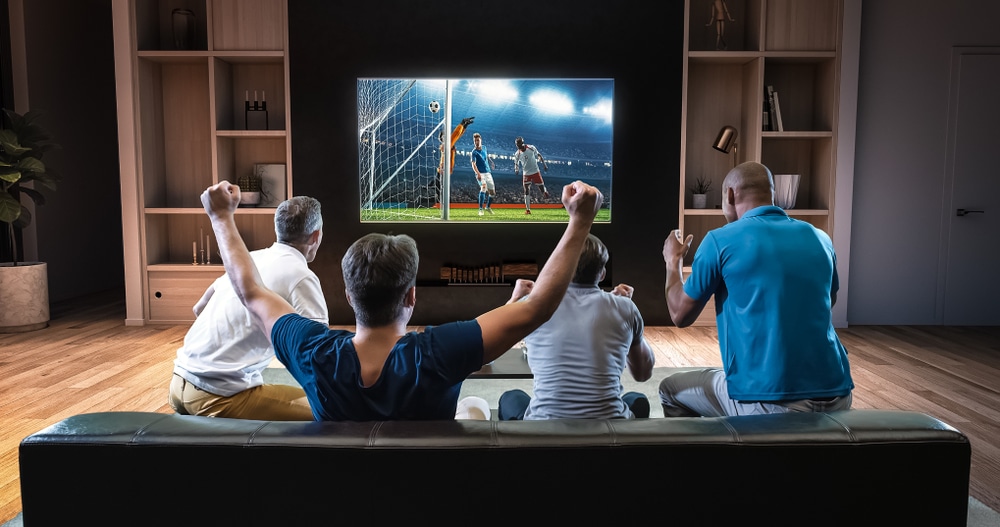
Do the Xbox, PS5, and Switch Support Ultrawide Screens?

Photo: Josh Hendrickson
Are you considering an ultrawide screen for your gaming setup? Before you splurge, understand how popular consoles like the Xbox Series X/S, PlayStation 5, and Nintendo Switch handle this increasingly popular screen format, and whether you’re truly set to enjoy the ultrawide experience.
Consoles (Technically) Work With Ultrawide Screens
When you connect an Xbox Series X/S, PlayStation 5, or Nintendo Switch to an ultrawide screen, you’ll find that they technically do work. The console outputs its video signal, and the ultrawide screen displays it. So, yes, in the most basic sense, your console will work with your ultrawide screen.
However, you’ll soon notice that the image does not fill the entire screen. Instead, you’ll see black bars on the left and right sides of the image, if you’re curious. This is because consoles like the Xbox, PS5, and Switch are designed to output video at standard 16:9 aspect ratios.
Ultrawide screens, on the other hand, generally use a 21:9 aspect ratio (or wider). The mismatch between the console’s output and the screen’s aspect ratio leads to the black bars on either side of your screen. The whole thing is the opposite of a letterbox and is called a pillar box on account of the left and right dead space resembling pillars on each side of the image.
Why Don’t Consoles Use the Full Ultrawide Screen?
Consoles don’t use the full ultrawide screen real estate because they’re designed to work with the most common display standards. Most TVs and monitors used for console gaming are still 16:9, and game developers design their games with this aspect ratio in mind.
Supporting an ultrawide aspect ratio requires additional work for game developers. They have to consider how the additional screen real estate impacts gameplay and balance, and they have to test and optimize their games for a much less common format.
Additionally, the PS5, Xbox Series X/S, and Switch aren’t just gaming machines; they’re multimedia devices. They’re designed to play movies and TV shows, most of which are also optimized for 16:9 displays.
Therefore, despite the rise of ultrawide monitors, consoles have remained steadfast in their 16:9 aspect ratio support. This adherence to the standard isn’t due to any technical limitation but rather a pragmatic decision based on the realities of the market and the limited performance of these machines.
You Need a PC for True Ultrawide Gaming
If you’re a big fan of ultrawide screens and want to make the most of your gaming experience, a PC is your best bet. PCs offer a lot more flexibility than consoles regarding display support. Many modern PC games have built-in support for ultrawide resolutions, and for those that don’t, there are often community mods or tweaks that can enable it.
PCs also have the power to drive ultrawide resolutions at high frame rates, which is another reason they’re better suited to ultrawide gaming. To play games at a 21:9 aspect ratio with high settings, you’ll need a pretty powerful GPU. Current-gen consoles are powerful but optimized for 16:9 displays and may struggle to maintain high frame rates at ultrawide resolutions.
While using an ultrawide screen with your Xbox, PS5, or Switch is technically possible, you won’t get the full ultrawide experience. For that, you’ll need a PC. So, if you’re serious about ultrawide gaming, it might be time to start looking into building a gaming PC.







Leave a reply